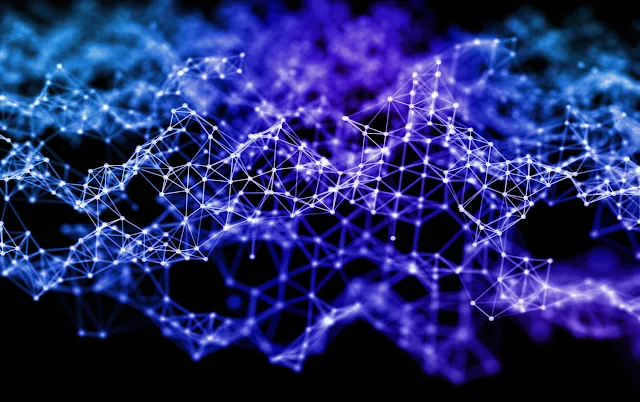Picture this: You’re at a coffee shop, and your barista remembers your usual order—“large oat latte, no sugar”. How? Their Brain’s neural networks recognize patterns (your face + order history).
AI’s neural networks work similarly, but they run on math instead of caffeine. Let’s break it down—no PhD required.
Neurons 101 – Biological vs. Artificial
Biological Neurons (Your Brain):
Input: Electrical signals from senses (e.g., smell of coffee).
Processing: Dendrites receive signals; axon sends output.
Output: “Hand reaches for latte.”
Artificial Neurons (AI):
Input: Data (e.g., pixels from a cat image).
Processing: Weights (importance) + activation function (decision threshold).
Output: “This is a cat.”
Analogy:
Baristas = Neurons: Each recognizes patterns (your face → latte order).
Coffee Shop = Neural Network: Multiple baristas (layers) refine the order.
How Neural Networks Learn – Backpropagation Demystified
Step 1: Guess
A toddler points to a cat and says, “Dog!”
Neural networks start equally clueless.
Step 2: Check Error
Loss Function: Measures how wrong the guess was (e.g., “80% dog, 20% cat”).
Step 3: Adjust
Backpropagation: Tweaks neuron weights to reduce error (like a teacher correcting the toddler).
Code Snippet (TensorFlow/Keras):
from tensorflow.keras.models import Sequential
from tensorflow.keras.layers import Dense
model = Sequential()
model.add(Dense(8, activation='relu', input_shape=(4,))) # Input layer (4 features)
model.add(Dense(3, activation='softmax')) # Output layer (3 classes)
model.compile(loss='categorical_crossentropy', optimizer='adam')
model.fit(X_train, y_train, epochs=10) # Train like a toddler learns! Developer Takeaway:
- Dense layers = Connected neurons.
- Epochs = Training cycles (practice makes perfect).
Layers, Layers Everywhere – Why Depth Matters
Shallow Network:
1-2 layers.
Suitable for simple tasks (e.g., spam detection).
Deep Network:
10+ layers.
Excels at complex tasks (e.g., recognizing cat vs. dog videos).
Real-World Example:
Google Photos: Uses deep networks to tag “beach” or “birthday” in your pics.
Neural Networks in Action – From Healthcare to Memes
For Students:
AI in Snapchat Filters: Neural nets map your face to add puppy ears.
For Developers:
# Convolutional Neural Network (CNN) for image recognition
model.add(Conv2D(32, (3,3), activation='relu', input_shape=(64,64,3)))
model.add(MaxPooling2D(pool_size=(2,2))) For CEOs:
Netflix’s Recommendation Engine: Saves $1B/year by keeping you binge-watching.
For Policymakers:
Bias Alert: A hiring AI trained on biased data favored male applicants (Amazon, 2018).
Regulation Fix: Audit datasets for diversity.
Ethical Dilemmas – When Neural Networks Go Rogue
Case Study:
Facial Recognition: 35% error rate for dark-skinned women vs. 1% for light-skinned men (MIT, 2018).
Solutions:
Explainable AI (XAI): Tools like LIME to decode “black box” decisions.
Regulations: The EU’s AI Act bans unethical facial recognition in public spaces.
DIY Neural Network – Try This at Home
Task: Classify blue vs. orange dots.
Add Layers: Watch accuracy improves.
Tweak Activation Functions: ReLU vs. Sigmoid.
Quick Quiz: Is This a Neural Network?
Your Brain
Google Search
ChatGPT
FAQs
Answer to Quick Quiz
- Your Brain: ✅ (Biological neural network).
- Google Search: ❌ (Rule-based algorithms).
- ChatGPT: ✅ (Uses transformer neural networks).
Still curious? Drop a question below or share your first neural network experiment!

Comments
Post a Comment